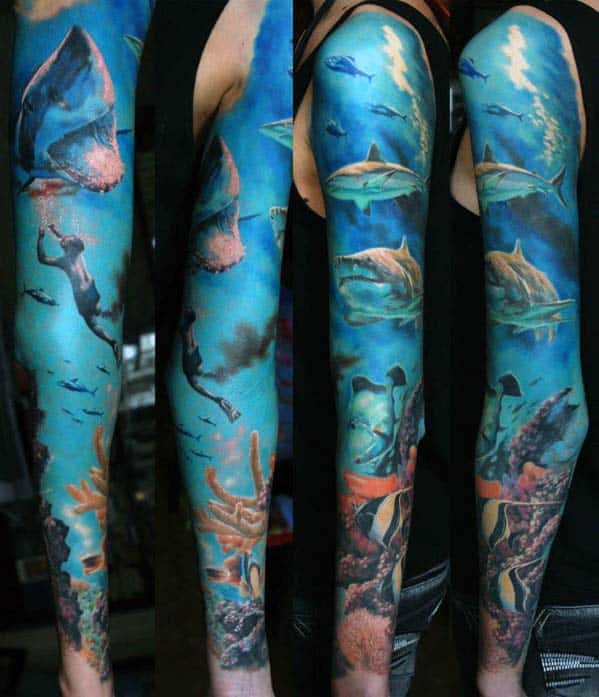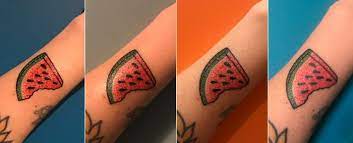
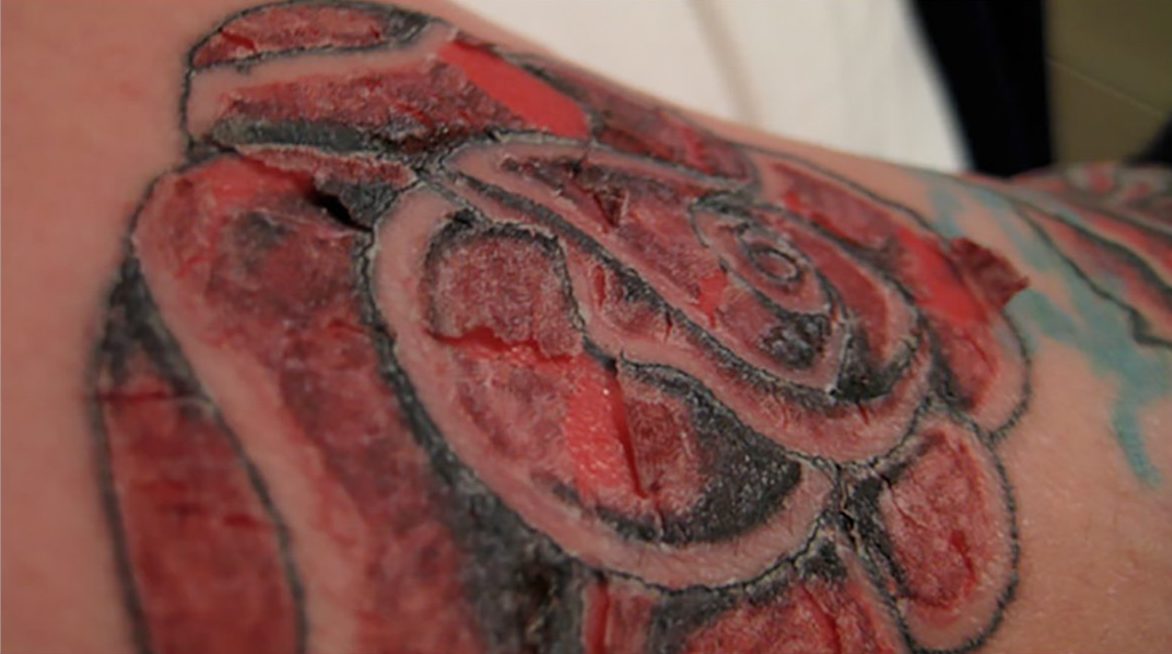
Stage One: Redness and Swelling
Redness and swelling after getting a tattoo are normal reactions as your body heals. During this stage, avoiding scratchy fabrics and direct sun exposure is essential. Moisturizing twice daily with a light lotion helps prevent dryness and itching. It’s also normal for the tattoo to fade as healthy skin replaces dead cells.
Stage Two: Scabs
During this stage, scabs form over the tattooed area. It’s important not to pick at them, as this can disrupt the healing process and cause infection. Itching is expected during this stage, but scratching should be avoided. It’s also essential to clean the tattoo regularly with unscented soap and avoid direct sunlight.
Stage Three: Peeling

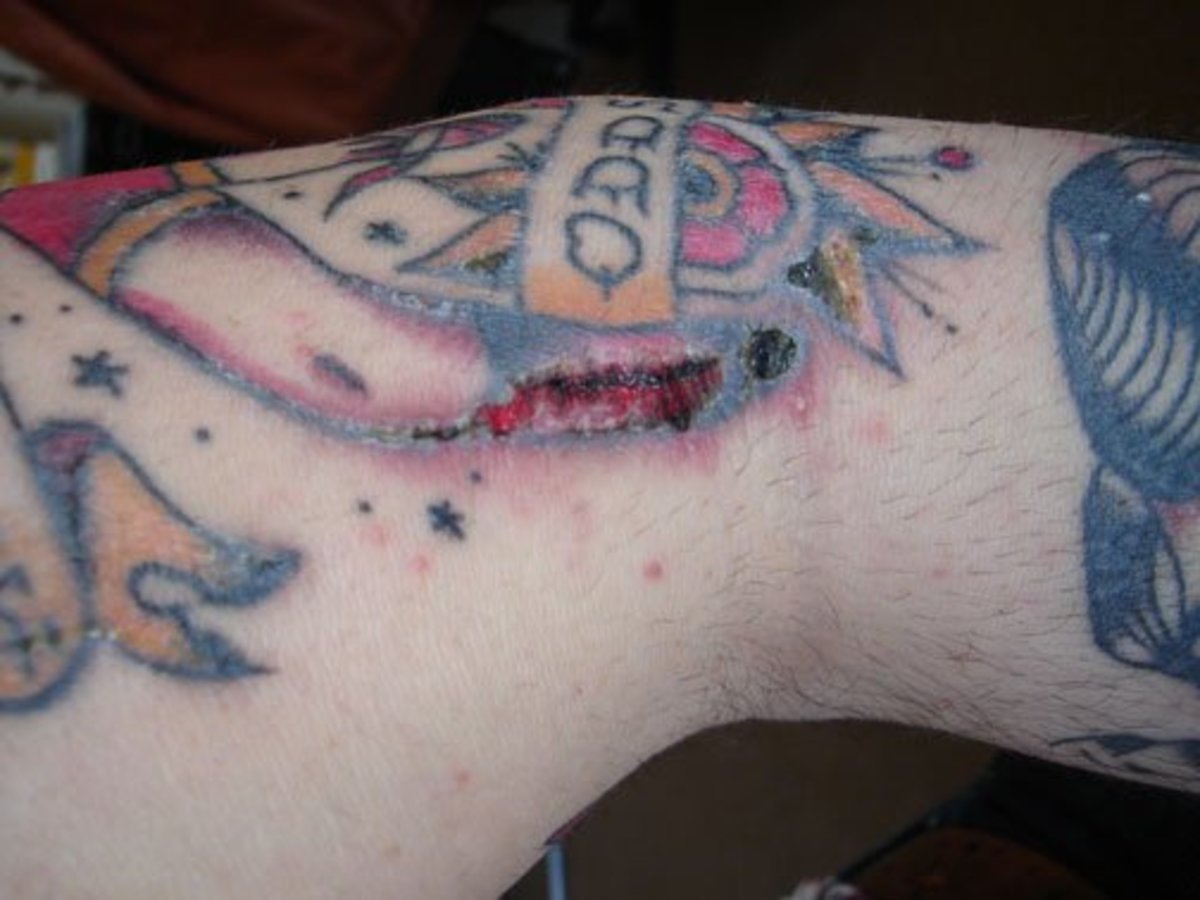
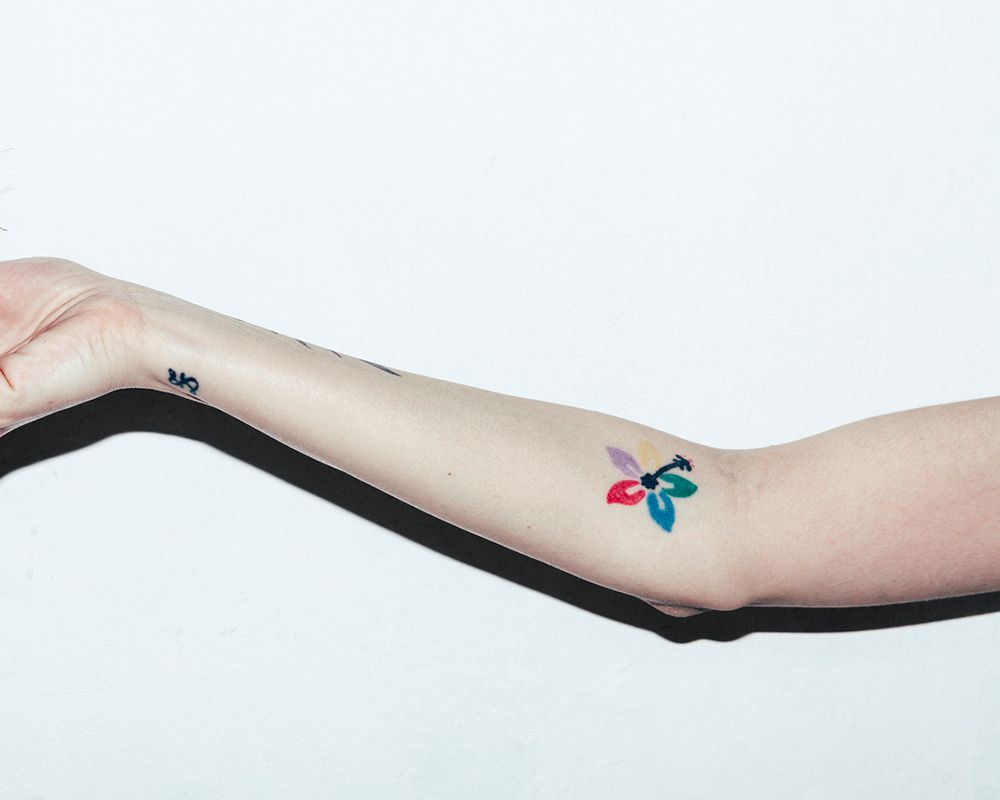
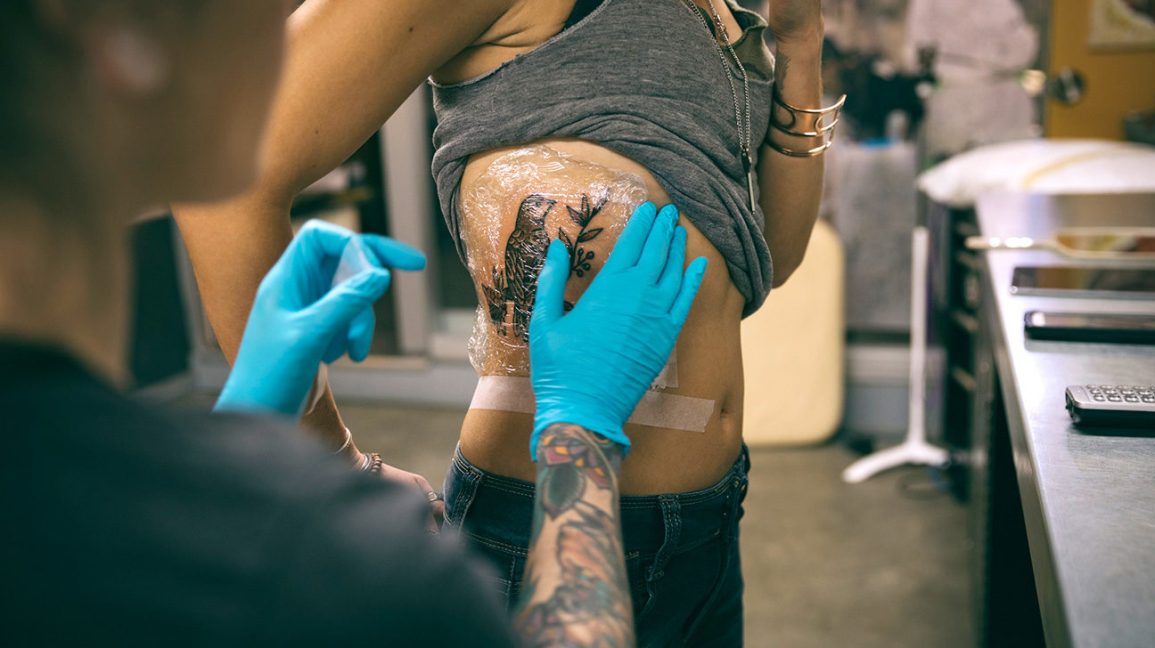
At this point, the tattoo may start to peel. I am washing with unscented soap and moisturizing the tattoo to help with healing. It’s important not to pick at or scratch the peeling skin, as it can cause scarring. By week three, the itchiness should have subsided, and the tattoo should appear brighter and healthier.
Stage Four: Dullness
During this stage, the scabs will continue to fall off, and the tattoo may appear dull. It’s normal for the tattoo to look less vibrant during this phase, which lasts 15-30 days. It’s important not to pick or scratch at the tattoo, as it can lead to infection and damage. Keeping the tattoo moisturized is essential, especially if it feels dry or flaky. If the tattoo remains dull, a touch-up may be necessary.
Remember to follow good hygiene practices and eat healthily to help speed up healing. If you experience persistent itchiness or worsening redness, seek medical advice, as it could indicate an infection or allergic reaction.
